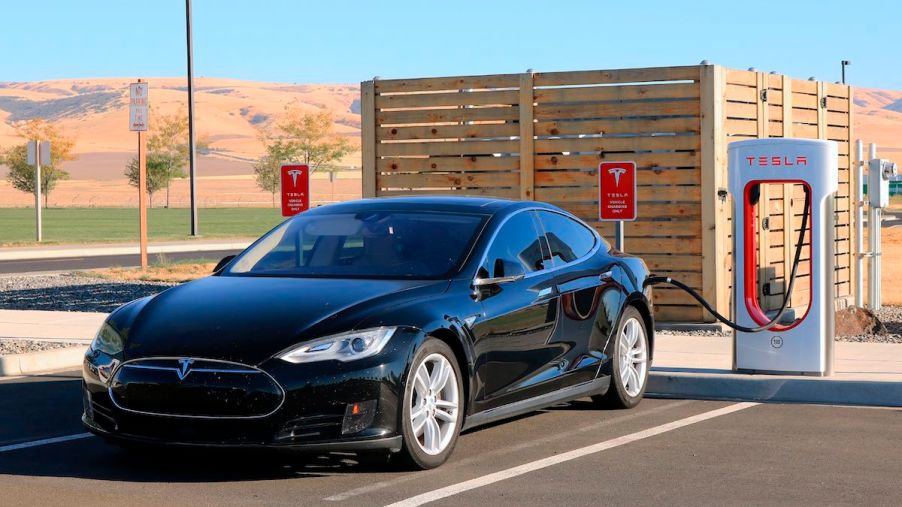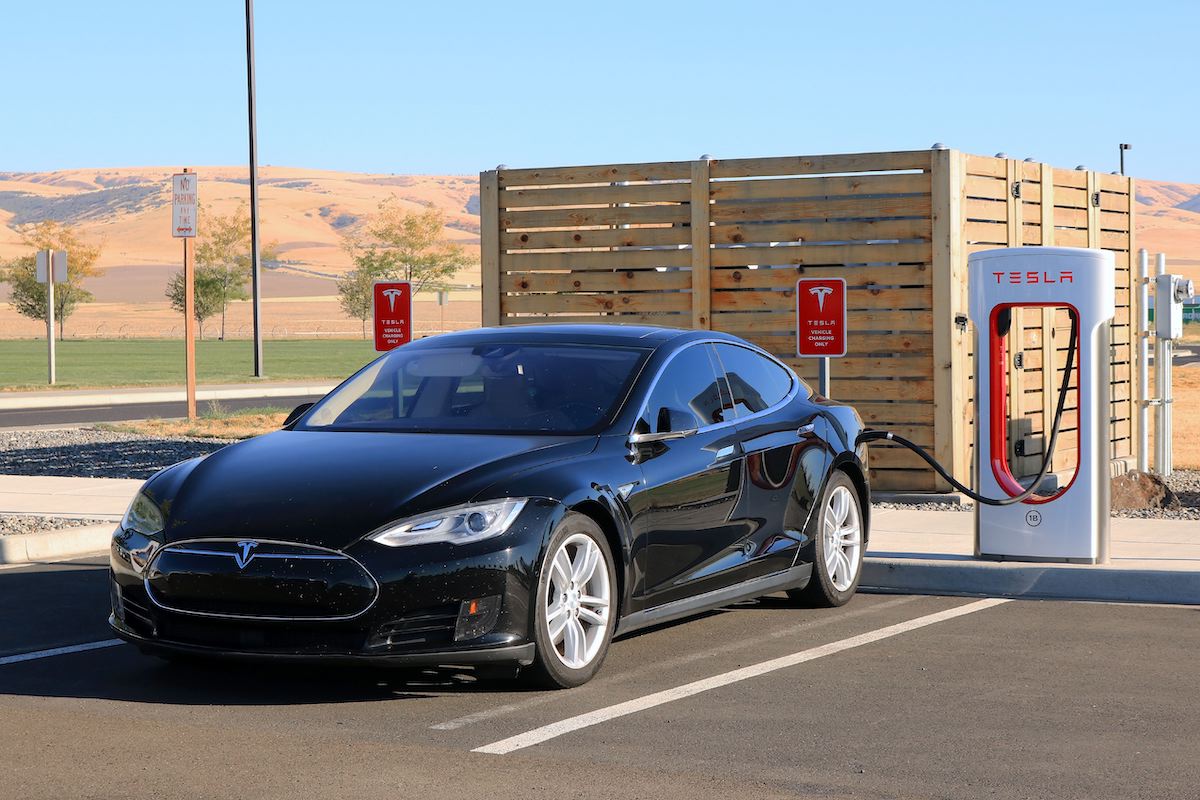
Don’t Sit Inside a Plugged-in Electric Car if You Have a Pacemaker
Though it might seem intimidating at first, EV charging is safe. And because you don’t have to wait in long fuel pump lines or pay exorbitant gas prices, charging an electric car is also more convenient. Sometimes charging can take a while, but at least you can sit in the comfort of your vehicle. However, drivers with electric cars and pacemakers should exercise caution.
The electromagnetic currents that EV chargers produce could interfere with a pacemaker’s electric frequency. So, how can drivers with pacemakers protect themselves from complications?
The basics of EV charging

Pod Point reminds us that you don’t have to invest in a fancy home charger to own an electric car. You can find public charging stations (usually with Level 2 power) in some gas stations, business locations, and even apartment communities. Every hour your EV is plugged in, it usually receives between 20 and 80 miles of range. Some of these chargers are even available to use free of charge.
DC fast chargers dispense more electricity, allowing you to restore 80% of your EV’s battery in as little as 30 minutes. Also known as Level 3 chargers, they’re easier to find in public than Level 2 chargers. However, they’re also more expensive to use.
Rapid chargers might also be available at your workplace, though the weaker 7kWh-chargers are the norm. These chargers have Type 2 sockets, meaning you’ll have to supply your own charging cable. The charger might also require you to use an app or swipe an RFID card before dispensing any electricity.
An at-home charger might be a significant investment, but it’s the most convenient option. You can rest easy knowing your electric car is safe while charging overnight, and each charger receives thorough safety testing. You can also charge your EV using a standard house outlet if you keep extension cord use to a minimum.
Why electric cars and pacemakers could be a dangerous combination
A pacemaker is a cardiovascular implant that relies on electricity to regulate a person’s heartbeat. It’s an effective treatment method, but users should be cautious about using specific magnets and high-voltage electronics.
Fortunately, according to Green Car Reports, studies prove you can still drive an EV safely with a pacemaker. However, there has been concern about charging stations. Level 2 and Level 3 chargers operate at higher frequencies, which could lead to a pacemaker’s malfunction.
To measure the risks, BC Medical Journal performed a study on several EV models. According to the findings, EV charging offers minimal risk to drivers with pacemakers. The study also found that instances of optimum power output, such as flooring a Tesla to 60 mph, had no adverse effects on the devices.
However, researchers still warn to be wary of Level 2 and Level 3 charging stations. They have increased levels of magnetic interference near the charging inlet, making them more of a risk than other electronics. Though there’s no reason to place your hand directly over the inlet itself, accidents can still happen.
If you have a pacemaker, follow these EV charging tips
If possible, people with pacemakers should stick to charging their EVs at low-voltage Level 1 stations. However, that isn’t always possible when taking a long road trip or need a quick charge on short notice. In these situations, handle the cable as carefully as possible while plugging in the EV.
Once the charging has begun, users with pacemakers probably shouldn’t sit inside their electric cars. They should remain several feet away until the process is complete. If there’s a passenger without a pacemaker, it’s even safer to let that person handle the charging.


